As a lifelong traveller, I live for the moments when I arrive in a new place with not the slightest clue what to expect.
Admittedly, that’s a pretty rare feeling these days, given how the mass media brings our attention span to all corners of the globe. But I did feel a tinge of that old, almost childlike feeling – that sense of amazement and wonder at the unknown lands before me – upon arriving in Novosibirsk, Russia.
Siberia is simply one of those parts of the world that we don’t tend to think about too often. Locked away behind vast swathes of unforgiving terrain on all sides, Russia’s deep interior is far-removed from the global consciousness. So as a first-time visitor to its largest city east of the Ural Mountains, I was naturally full of excitement and curiosity as to what awaited me over the course of my two days in town.
Indeed, Novosibirsk ranks third in population after Moscow and St. Petersburg, but the city doesn’t quite have the same aspirational air to it as Russia’s current and former capitals. Instead, it’s a place of sprawling wide avenues in a grid-like pattern, a slight hint of pollution in the air, and chaotic traffic that’s reminiscent of the farther frontiers of Asia – the continent we now find ourselves in.
This isn’t the dazzling artistry of Moscow, nor is it the imperial grandeur of St. Petersburg; this is Russia at its most ordinary, and therefore – in my view – its most fascinating. Allow me to take you around the city and share some glimpses into what an average person living here, in the heart of Siberia, might expect to do on a nice day out.
Central Novosibirsk
Lenin Square (Ploshchad’ Lenina) is the centrepiece of the city. There’s a statue dedicated to the Russian revolutionary in virtually every Russian locale, and here in Novosibirsk, it’s set against the stunning backdrop of the Novosibirsk Opera and Ballet Theatre.
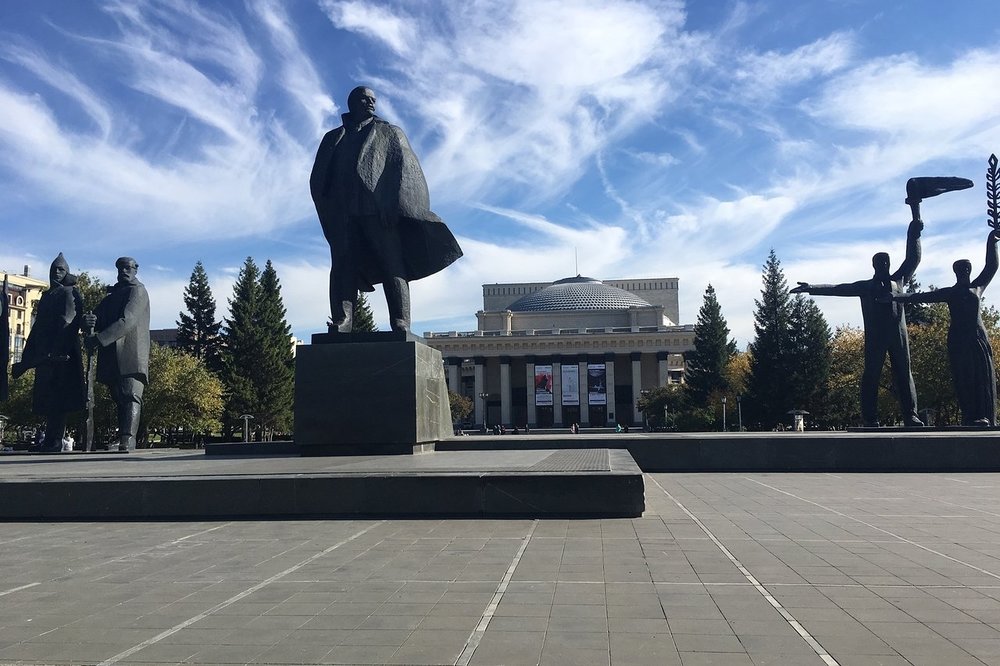
Lenin Square
The NOVAT, as it’s known locally, is the largest theatre in Russia and well worth a walk around to admire it from all angles. The imposing columns out front are best viewed from Lenin Square itself, whereas you’ll want to fully absorb the breathtaking dome structure from the vantage point of one of the rooms at the Marriott Novosibirsk.

Novosibirsk Opera and Ballet Theatre
Follow the tree-lined boulevards one block north and you’ll find Novosibirsk’s Central Park (Tsentral’nyy Park), which is great for a midday stroll.
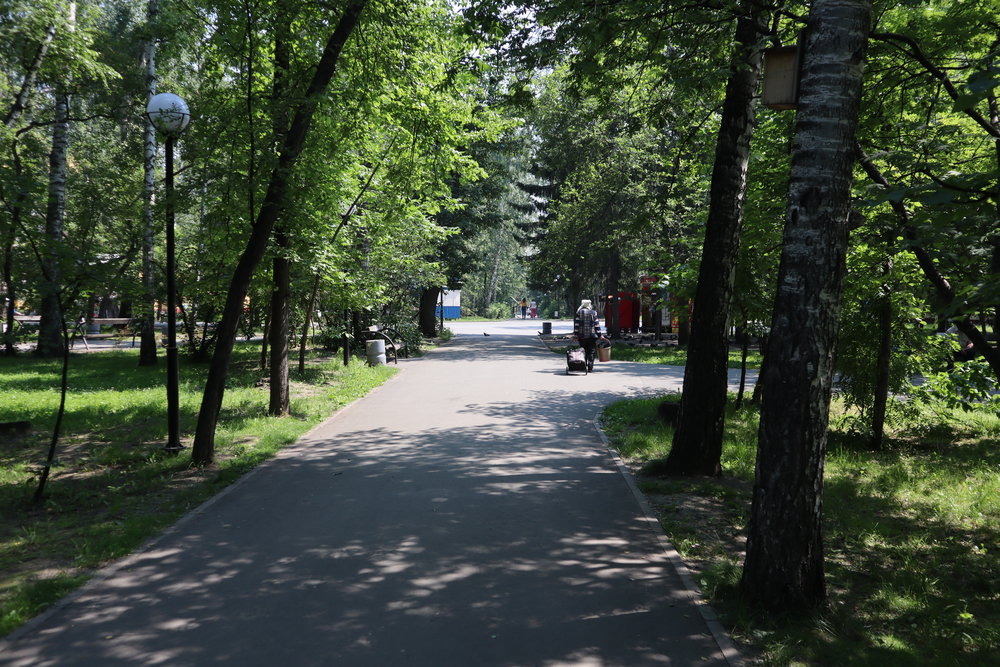
Central Park, Novosibirsk
There are many elements about Novosibirsk that remind you of our place along the crossroads of Europe and Asia – for example, whilst most of the population here are ethnic Russians, you’ll still come upon the occasional group of elderly locals dancing in the park to folk songs, just like in you’ll find Beijing or Hong Kong.
Novosibirsk Zoo
Like I said, I didn’t really know what to expect to find in Novosibirsk, but I never would’ve guessed that Russia’s largest zoo by animal count would be one of the highlights of the city.
The Novosibirsk Zoo is world-renowned for its animal conservation efforts, in particular making the news at the turn of the century when two of the zoo’s lion cubs were found to be descendants of the Cape lion, which had been thought to be extinct since the 19th century.
I’m normally not much of a zoo person, but I had a great time wandering through the Novosibirsk Zoo and admiring the animals up-close. The zoo has the sort of features you’d find in most zoos around the world – an orangutan forest, an assortment of exotic rodents with funny-sounding names, and a friendly yak or two – but also a handful of unique residents that you’d be hard-pressed to find in other zoos, such as polar bears and ligers. I don’t think I’ve ever seen a liger in real life before, so that was pretty awesome.
The zoo makes for a fun activity for either a full day or a half day. It’s quite large, after all, so you can always take a break and relax among its green spaces and kiosks. Located northeast of the city centre, it’s best reached by Uber, which is very easy to use and quite cheap indeed. Admission is 300 RUB ($6) for adults and 150 RUB ($3) for students.
Speaking of transportation, one interesting thing I noticed while I was in town (and indeed as I continued east along my Trans-Siberian journey) was the proliferation of cars with the steering wheel positioned on the right-hand passenger side, even though the cars themselves drive on the right side of the road. That’s apparently because, given the proximity to Russia’s eastern regions, it’s super cheap to import cars directly from Japan, where the cars are of course manufactured to be driven on the left side of the road.
So here in Siberia, you have a mix of left-side-drive and right-side-drive vehicles all sharing the road, and everyone seems to be accustomed to it. A fascinating quirk that you’d never expect.
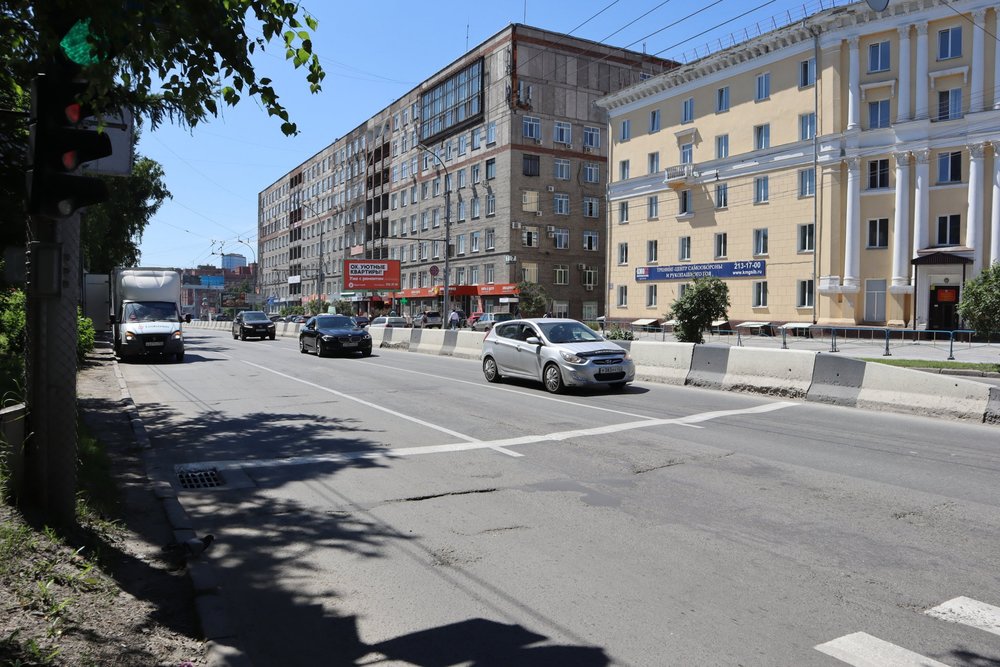
Street scene in Novosibirsk
USSR Museum
On our second day in town, we decided to check out the USSR Museum, a tiny exhibit run by a local historian in a traditional Siberian log-house not far from the city centre. Admission is 250 RUB ($5).
The museum isn’t the most informative; instead, it’s more of a place that you visit to admire the collection of old Soviet bric-à-brac. Each room is a glimpse into a specific setting in the Soviet times, from an ordinary household living room to an army commander’s office.
Then you go downstairs into a room full of old relics are on display. In particular, I love looking at old maps, and I thought the old map of the Crimea region was particularly poignant.
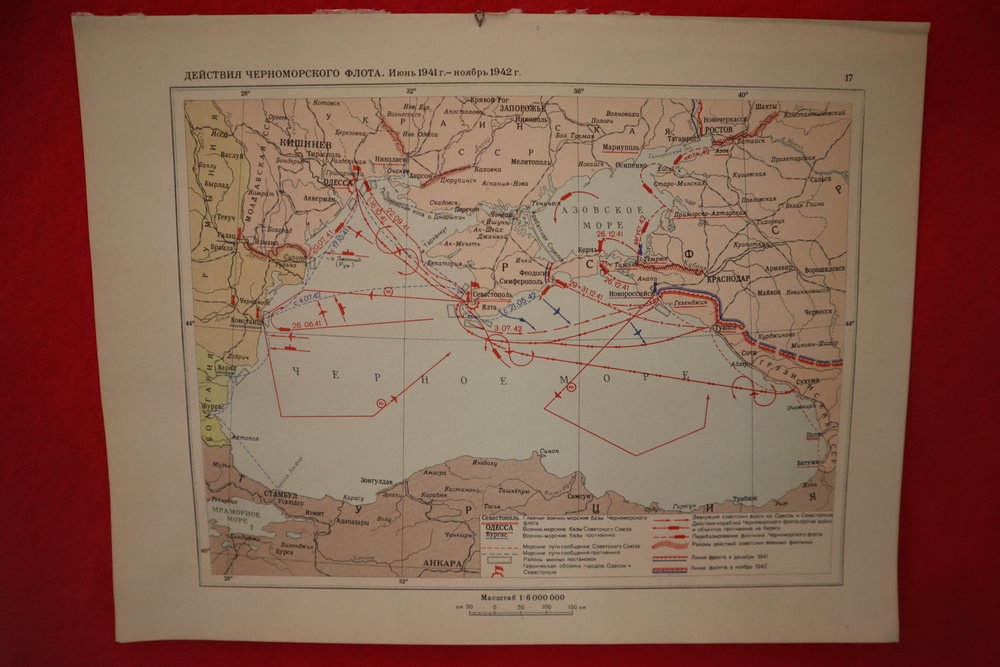
Map of Crimea on display at the USSR Museum
The museum’s owner does his work from his ground-floor office as you wander through the rooms. I’m sure if you spoke Russian he’d be happy to chip in with a few guiding words, but unfortunately most people we encountered in Siberia didn’t speak much English.
Alexander Nevsky Cathedral
From the USSR Museum, it’s a 15-minute walk down to the Alexander Nevsky Cathedral, and you get to walk through some quiet residential areas.
I was particularly intrigued by the street scenes here. As a full-blooded travel junkie, one of my biggest preoccupations is what the life of an ordinary person just like myself might look like on the opposite side of the world. It’s heartening to see that despite vast differences in language and culture, the cornerstones of daily life – an old apartment block, a mom-and-pop convenience store, a bus stop with locals craning their necks to see if the bus will ever come – are common to us all.
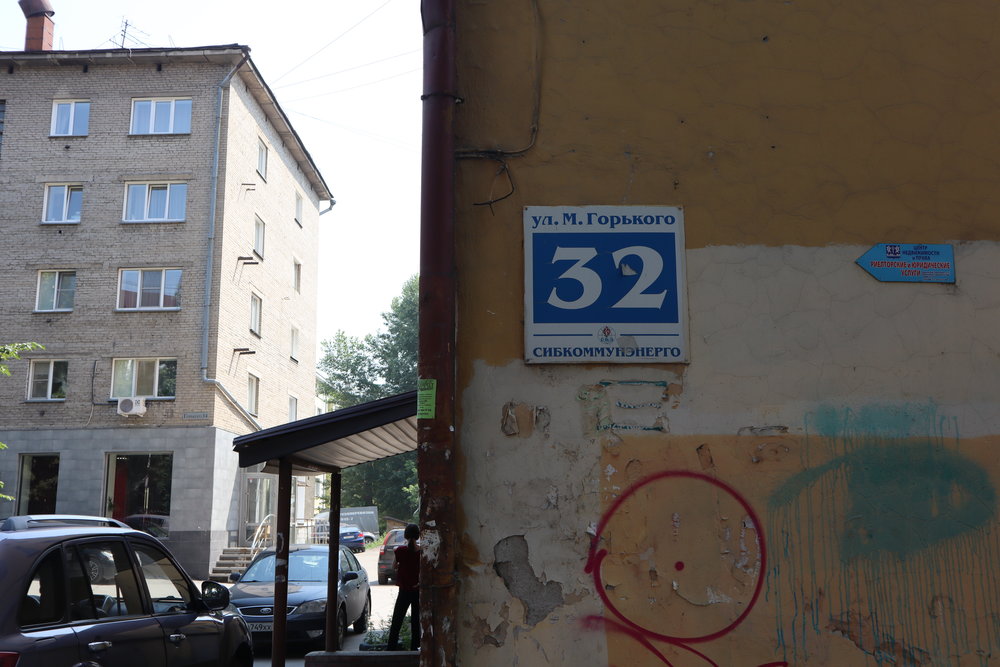
Street scene in Novosibirsk
The Alexander Nevsky Cathedral is located at the southern end of the town. The golden dome and Neo-Byzantine architecture reflect the classic Eastern Orthodox style of churches around the world, while the distinctive firebrick exterior sets it apart from its many counterparts across the rest of Eastern Europe. You’re welcome to go inside and listen to the services, although ladies will need a headscarf to enter.

Alexander Nevsky Cathedral
From the cathedral, it’s a straight walk up Krasnyy Prospekt, the city’s main thoroughfare, to get you back to the Lenin Square. Along the way, you can duck into the Novosibirsk State Art Museum or get some shopping done along the mini-malls and boutiques scattered along this street.
Conclusion
In all honesty, I never came to Novosibirsk in order to gaze upon world-famous attractions or check off major bucket list items. Instead, the time I spent roaming around the city was all about swinging by a few points of interest, immersing myself in a place I’d never thought I’d visit, and generally catching a glimpse into ordinary life in Russia outside of the majesty and splendour of the major cities in European Russia.
So even though there isn’t much of a case to be made for Novosibirsk as a must-see travel destination, I would definitely recommend it as a worthy stopping-off point if you’re adventurous enough to travel along the Trans-Siberian Railway in the first place.



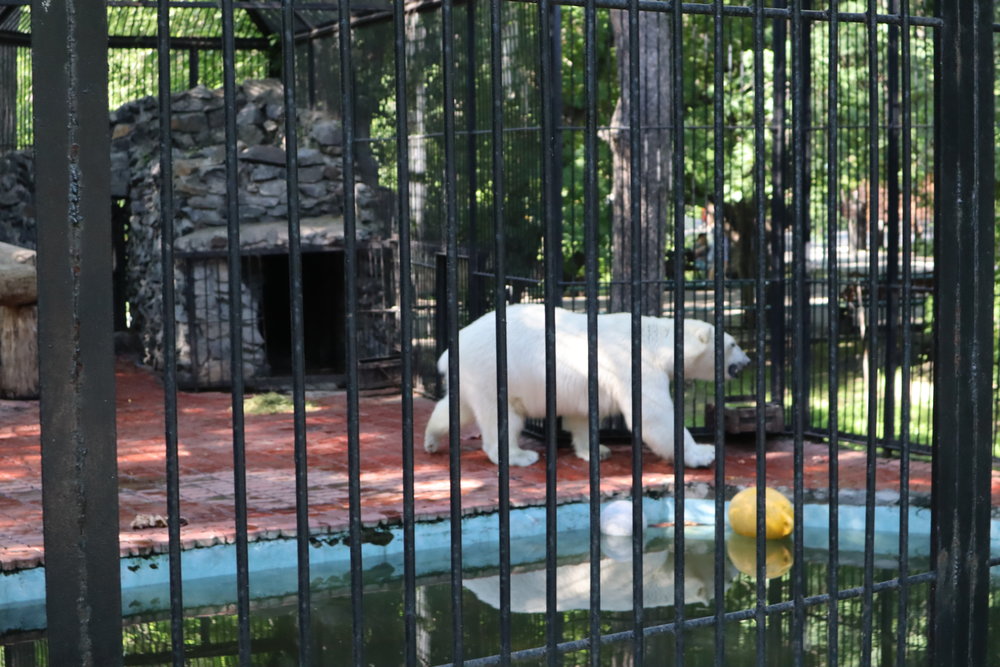
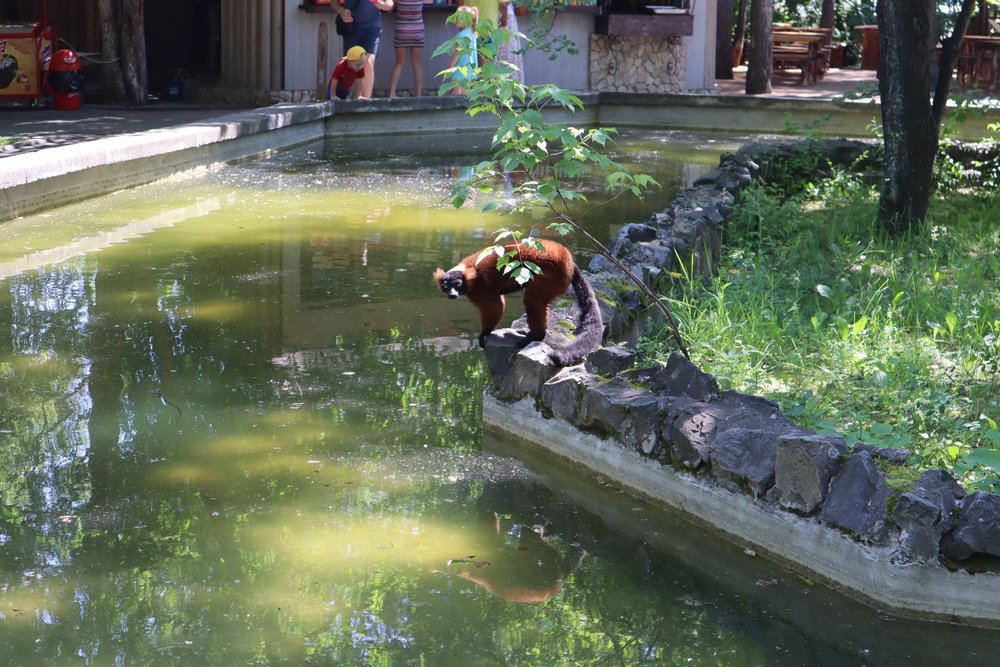
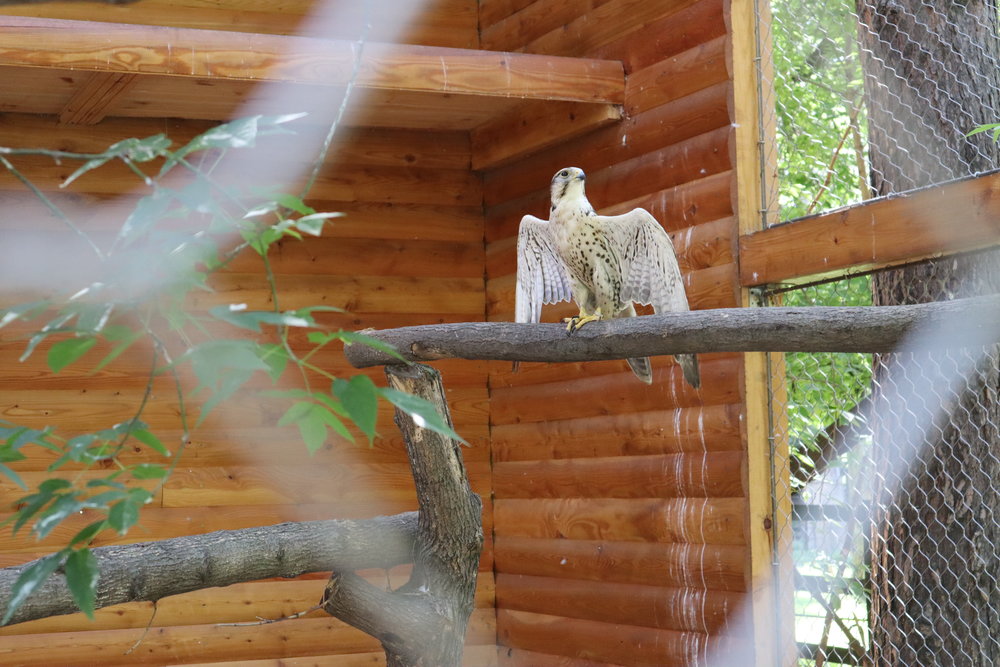
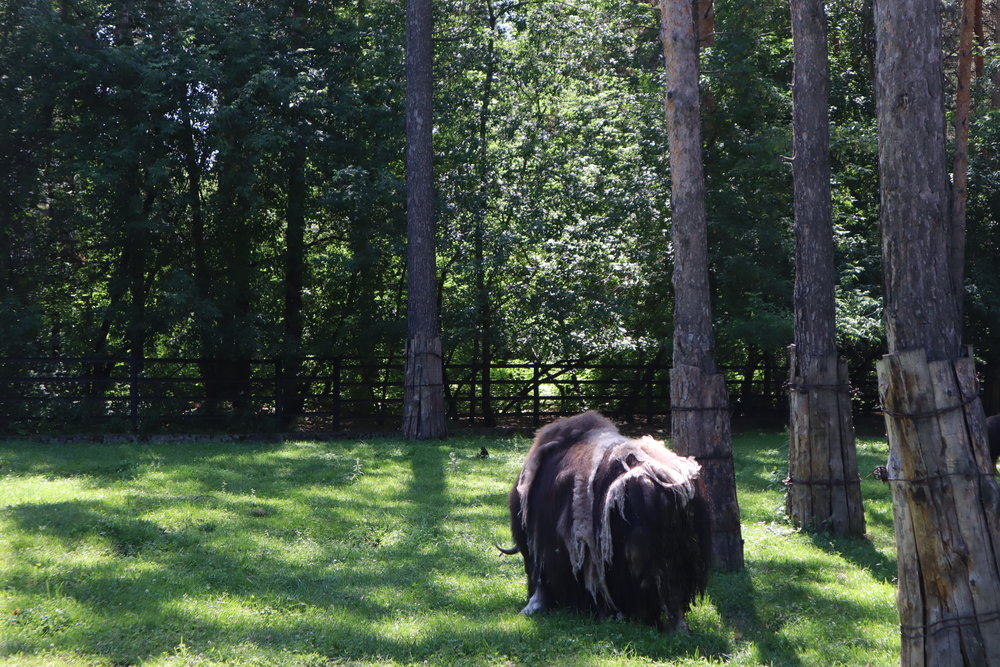
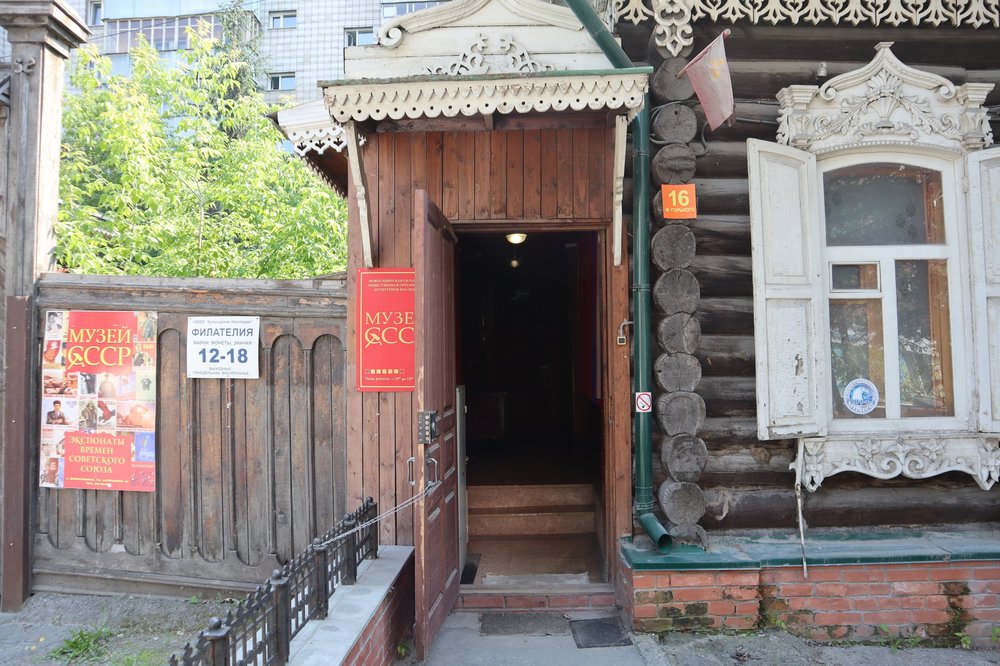
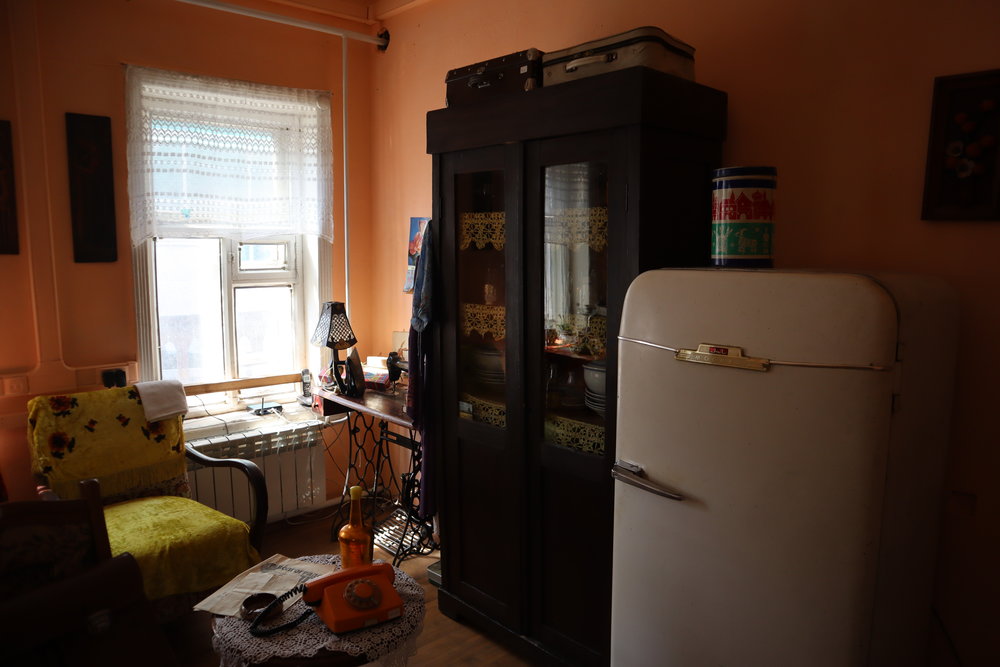


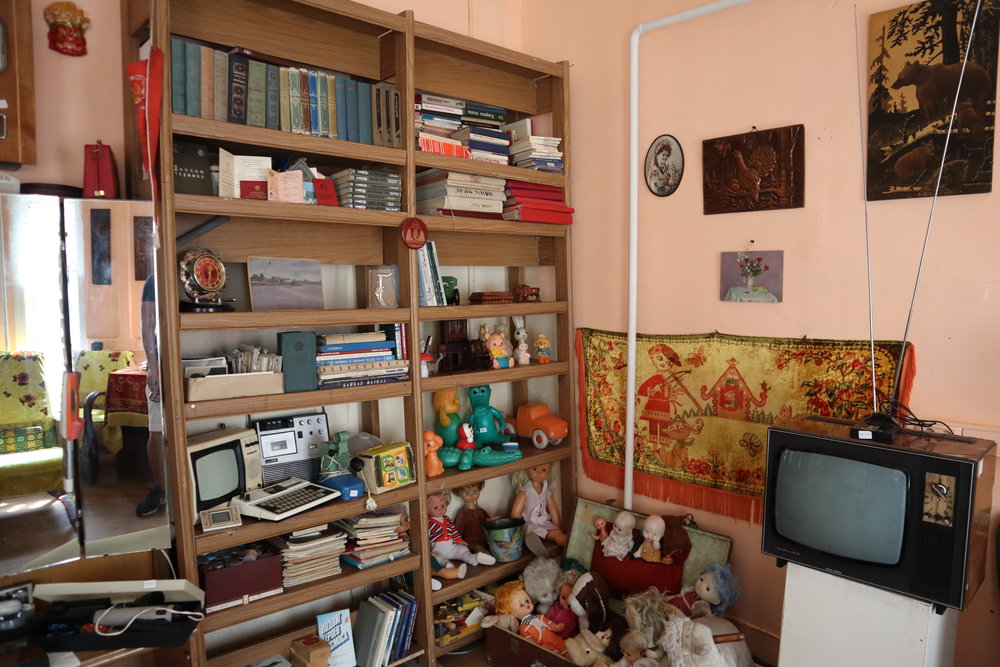
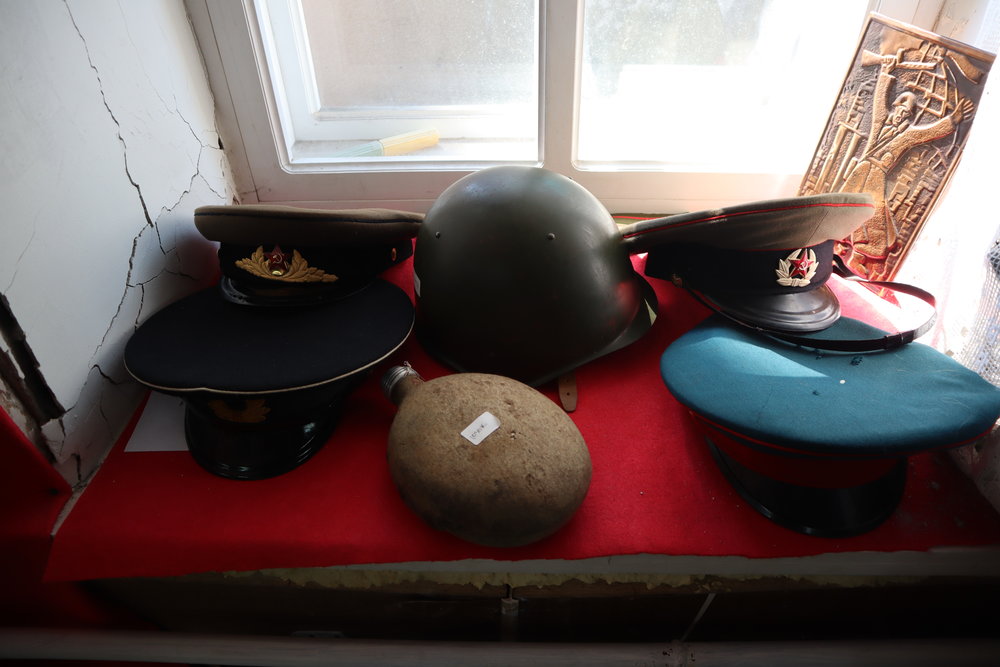
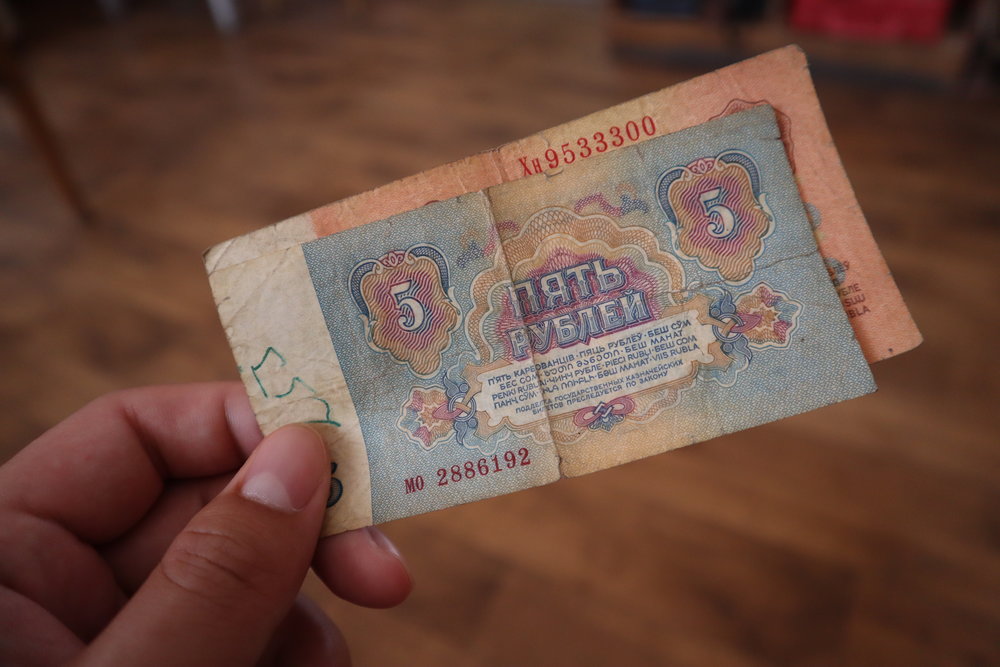








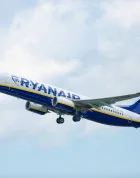




Dear Author, thanks for your incredible description of the city! But frankly, the city has 2 centers. Hope, you’ll come back again and explore the other central part of the city, called Akademgorodok. If the Lenin Square is the official center, Akademgorodok is the center of science and innovation, so it is totally different and unique. I’m sure, you’ll be amused and find there a lot of people, who speaks english, as well as foreigners from China, Taiwan, Europe and even Africa. I’m very excited to read about it soon, you are so talented in writing!